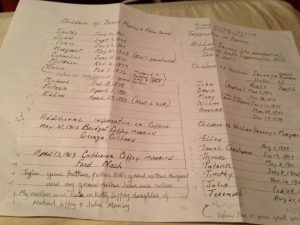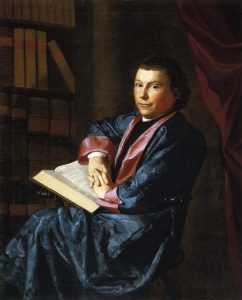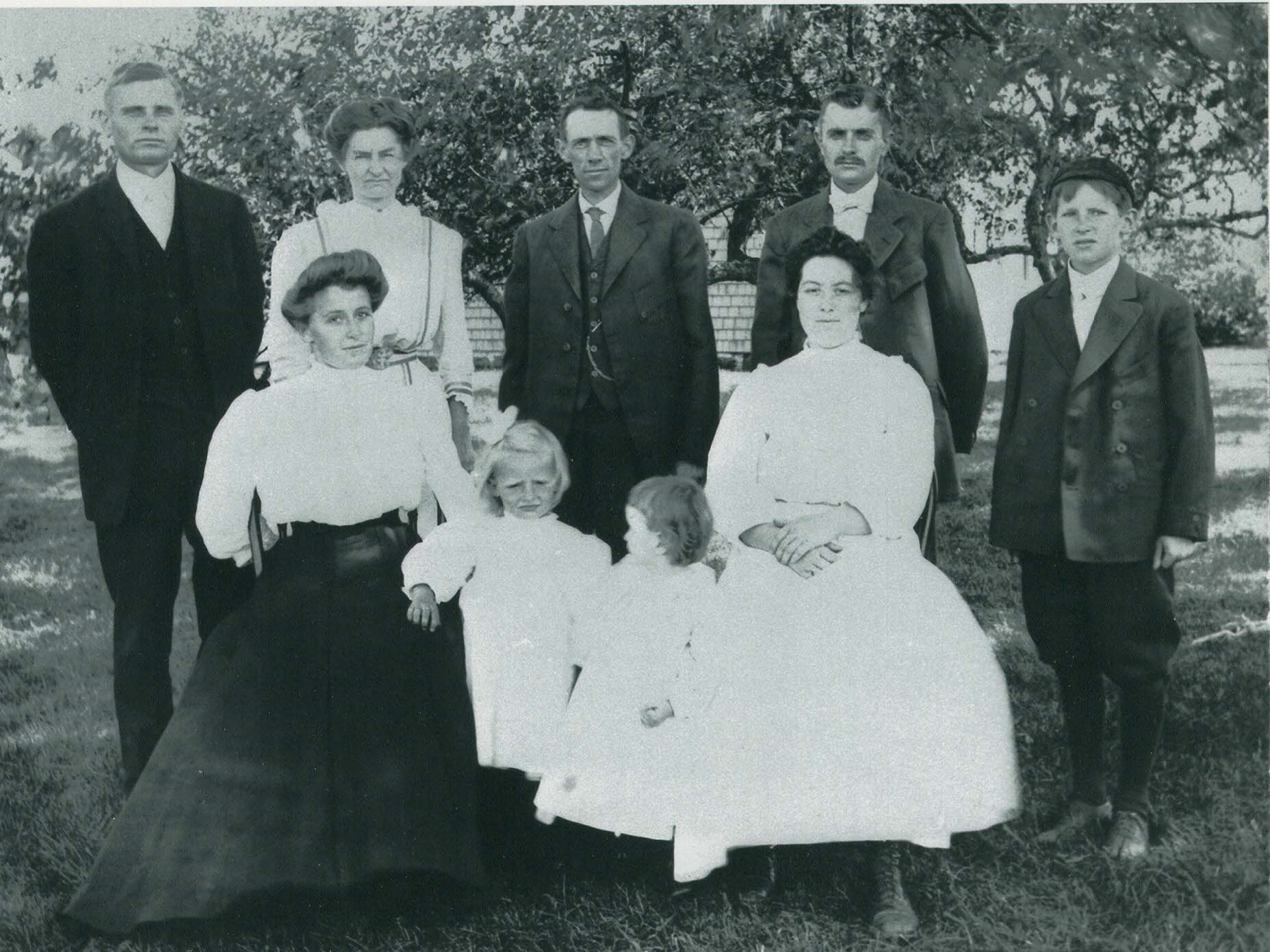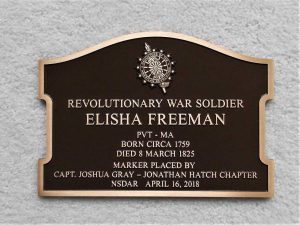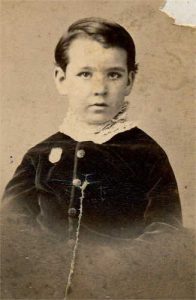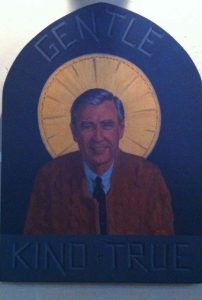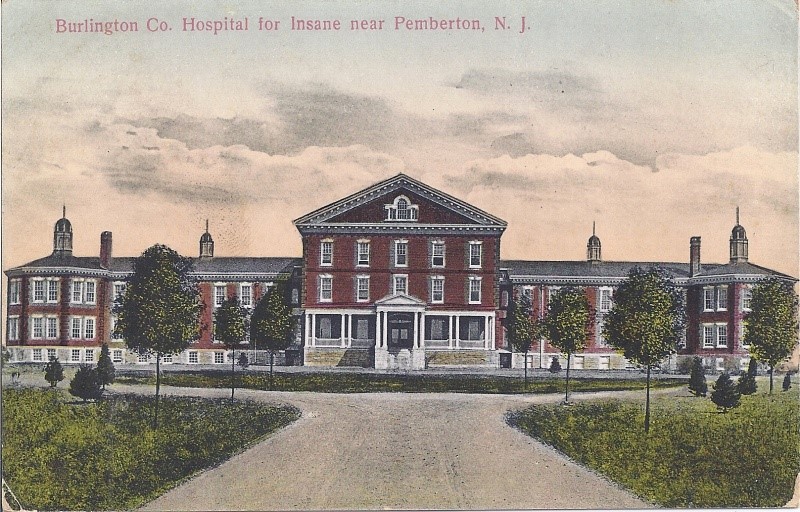
His name, Asa Schooley, seemed to jump out at me. It was a name I hadn’t been searching for, but there he was in black and white newsprint, clinging to his little spot on the back page of time.[1] The details of how I got to Asa in the first place probably aren’t all that important, but suffice it to say I’d started out looking for someone else’s obituary – that of another Mr. Schooley.[2] But like the rest of us I’d found myself stumbling upon a “rabbit hole,” this particular one belonging to Asa. (I’m a bit embarrassed to tell you that I never did find the obit. I had been looking for.) Asa’s sad life, lacerated with circumstance, caught me off guard, prompting me to look further for facts and answers – a search with still much left to uncover. Continue reading Wild honey

